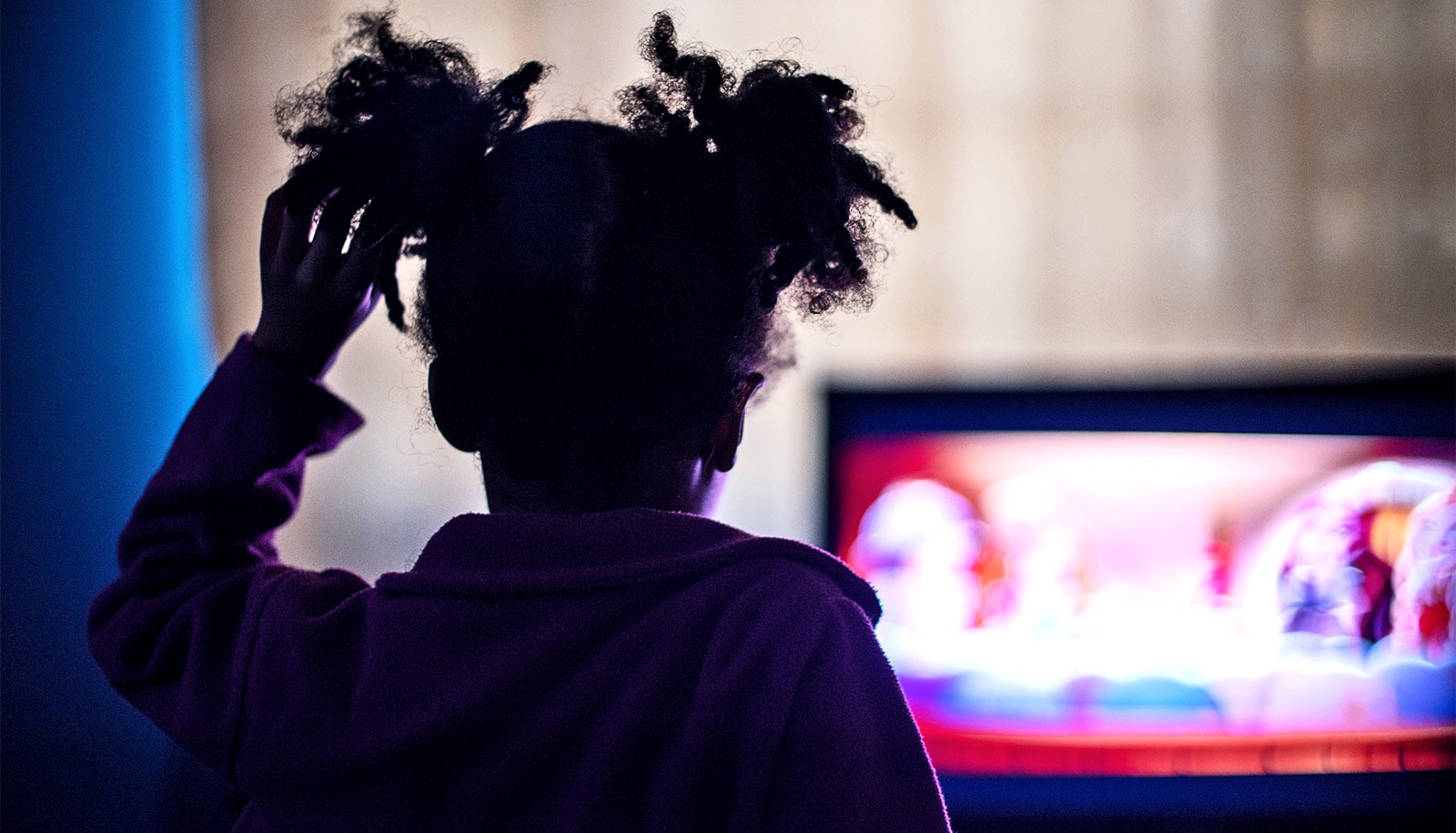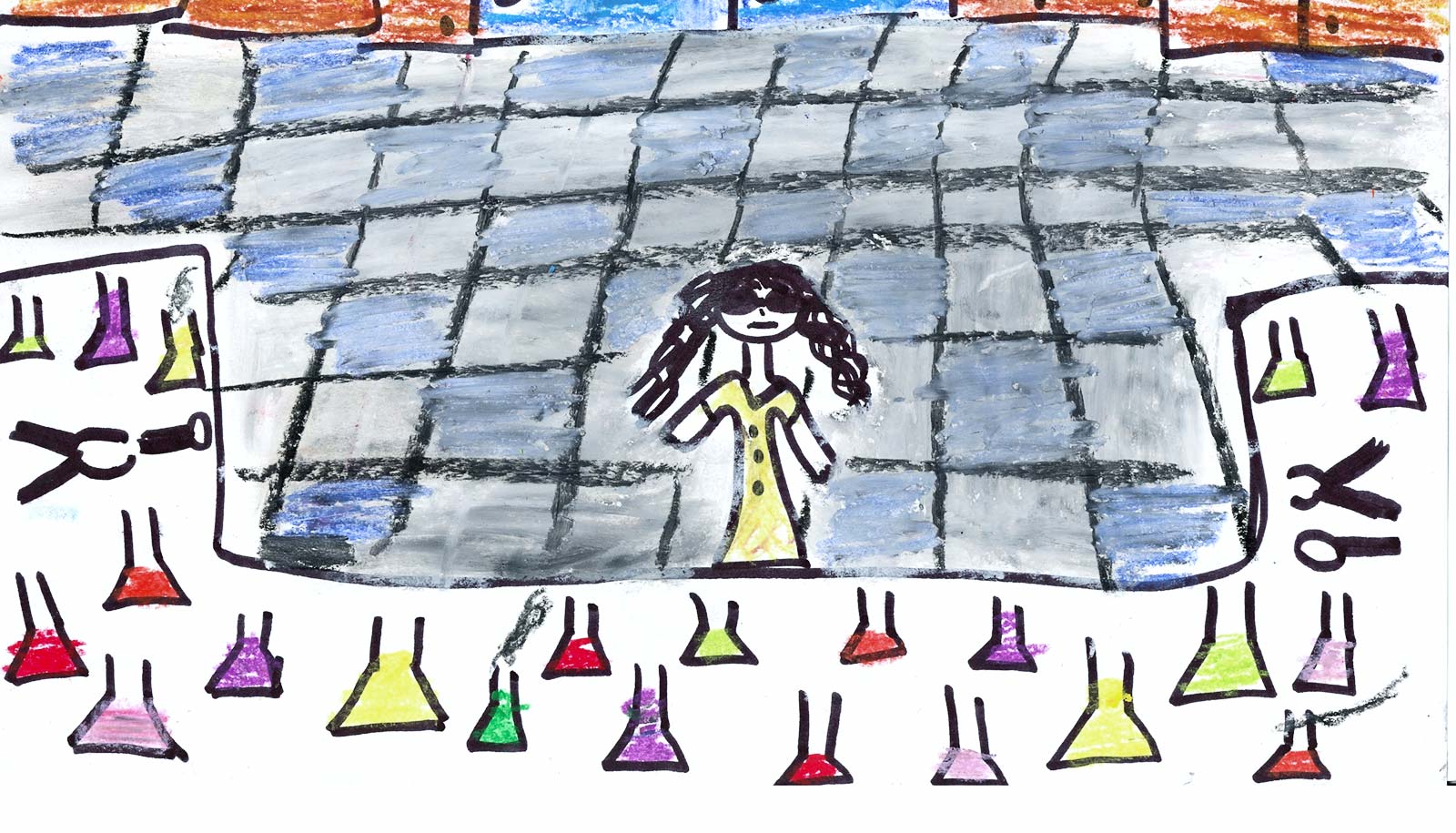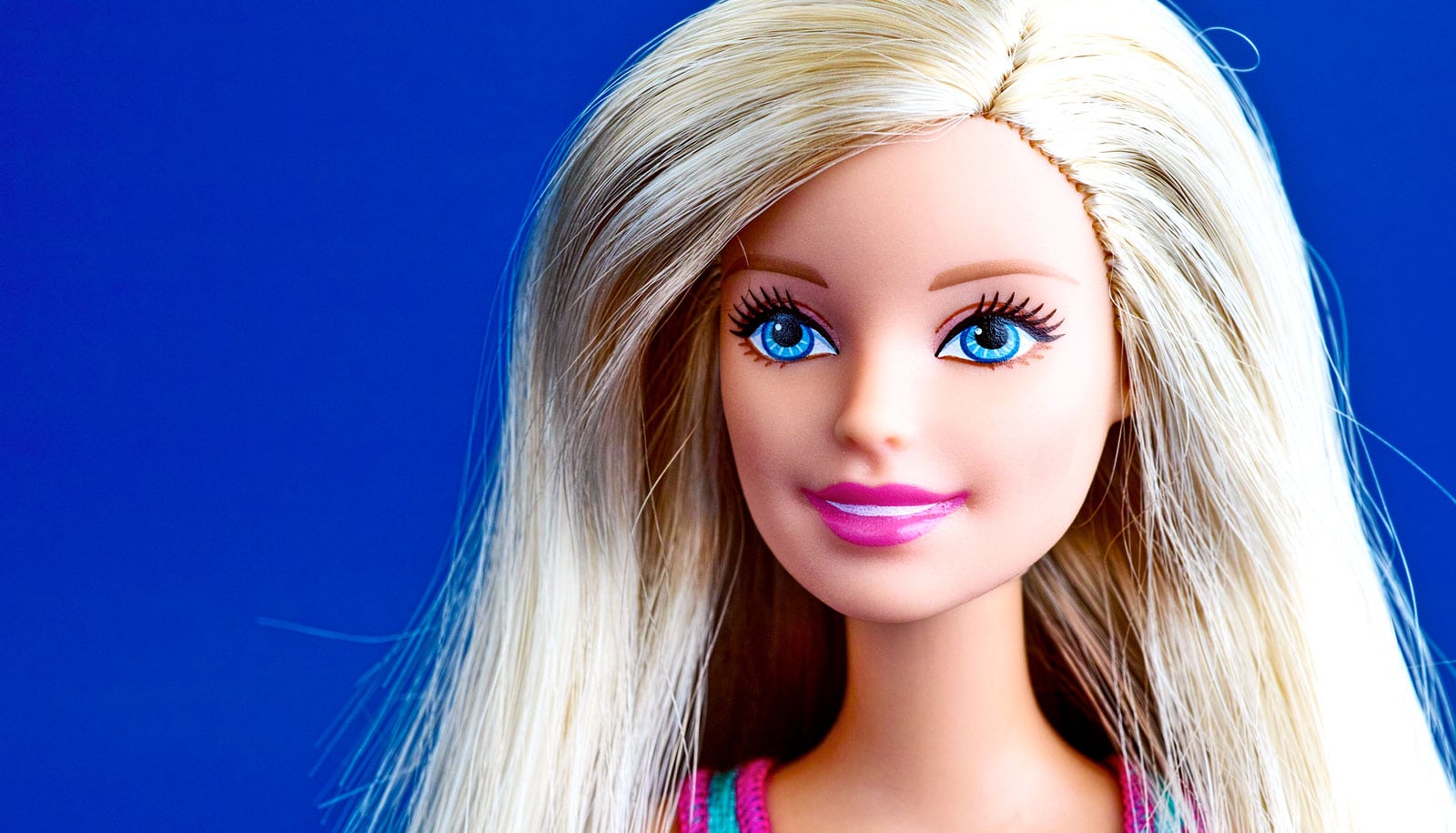Children’s television programming not only shapes opinions and preferences, its characters can have positive or negative impacts on childhood aspiration, according to a new study.
The study is the first large-scale analysis of characters featured in science, technology, engineering, and math-related educational programming.
The study in the Journal of Children and Media reveals that of the characters appearing in STEM television programming for kids ages 3 to 6, Latinx and females are left behind.
“Children soak up subtleties and are learning and taking cues from everything; by age 5, you can see that they understand implicit biases,” says lead author Fashina Aladé, assistant professor in the College of Communication Arts and Sciences at Michigan State University.
“With the recent proliferation of STEM television over the past five years or so, I wanted to see who was showing kids how to solve problems, who is teaching STEM foundations, and who is modeling what it looks like to engage in STEM.”
To get a picture of the entire landscape of STEM programming available to children, Aladé and colleagues looked to Nielsen, Netflix, Amazon, and Hulu for a list of children’s shows that mentioned keywords like science, math, technology, or problem-solving in their descriptions.
The researchers looked at 30 shows with target audiences between 3- and 6-year-olds, all claiming to teach some aspect of STEM. Coders watched 90 episodes total—three episodes from each show’s most recent season—and coded over 1,000 characters who appeared on the shows for physical attributes, gender, race, and ethnicity.
“Surprisingly, when it came to the centrality of their role and on-screen STEM engagement, characters were portrayed relatively equally regardless of their race or gender,” Aladé says. “But, female and minority characters were underrepresented in these programs compared to population statistics.”
An interesting finding, Aladé says, was that racially ambiguous characters—including non-human skin tones, like pink or purple—comprised 13% of the characters, which she suggests illustrates producers’ attempts to show racial diversity.
“The jury’s still out on whether those subtle cues are effective,” Aladé says. Additionally, the study also found that only 14% of the shows showed occupations related to STEM.
“Animation presents such an opportunity for representation. Ideally, we’d see authentic representation—not representative stereotypes,” Aladé says. “I hope we move in a direction where kids see what scientists really look like in today’s world, where doctors, engineers, and computer scientists come from all ethnicities and genders.”
Additional coauthors are from the University of Chicago and Northwestern University.
Source: Michigan State University



